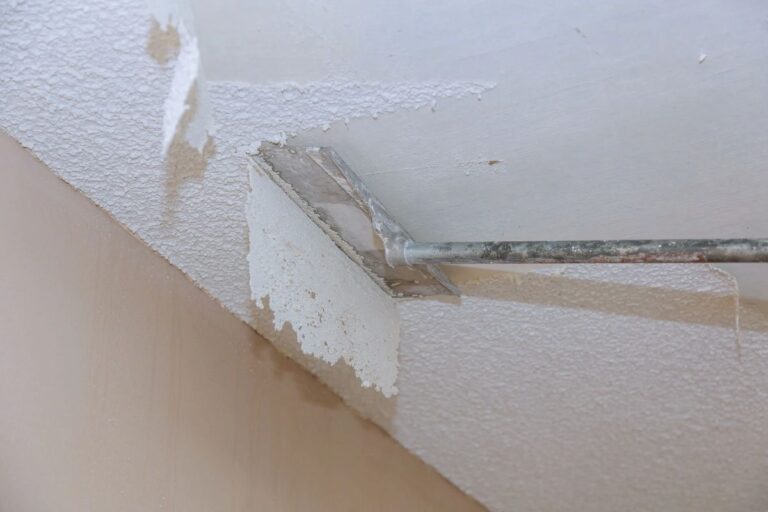Understanding off-market properties for savvy buyers at Grand Prix Realty
Hey, neon-drenched dreamers! In the fast-paced cityscape of real estate, understanding what does off-market mean in real estate can be your ultimate game-changer. So let’s jack into the mainframe and decode it: an off-market property is a hidden gem—a home that’s quietly up for sale without ever hitting the blaze of the Multiple Listing Service…









